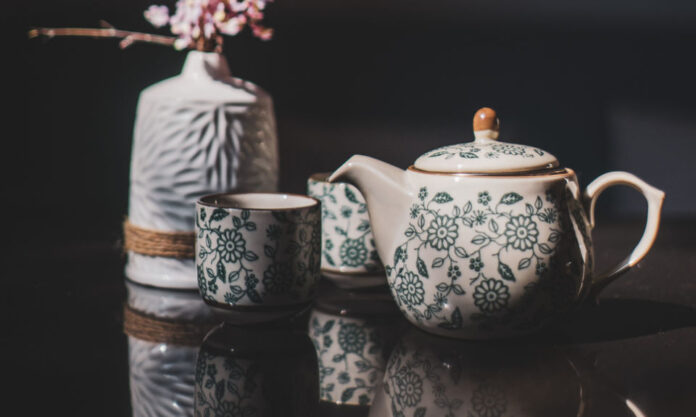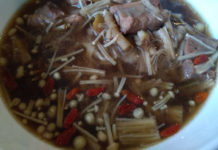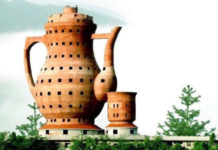The tea was oolong, with just a hint of Formosa-perfume-tanginess. Or was it a hint of detergent? Anyway, this was a nice restaurant, too nice for pouring spilt water onto the floor.
This was a rare lunch with my teenage daughter, waiting for dumplings to arrive, cheekily spying on her friends’ QQ Music playlists.
To her cup I poured expertly. Now, trying to fill mine, arms slightly retracted, I… over-tilted… liquid seeping from the teapot’s lid. It wasn’t a big puddle, so I swept it off the table edge, hoping to forget about it.
“Dad, what are you doing?”, she said. And by now I had the waitress’s attention too. Napkins brought. Me briefly on the floor. Soon done. Nothing a smile couldn’t solve. Earphone charger unharmed.
Actually, I had no excuses. That teapot was a good pourer.
Lid seams simply will come into play when the spout nozzle’s maximum throughput is breached; I should know that.
So if this elbow error is inexcusable, what is it that legitimately identifies some teapots as bad pourers?
Well, in some, like our home western-style pot, the lid itself falls out when pouring the last drops of drink. This could crack a cup below, to say nothing of a host’s suave composure.
But the worst offence, surely, is “spout dribbling”. Some teapots will only “throw” the liquid out once the correct angle of attack is exacted. Insufficient tilt and the liquid instead dribbles, silently and invisibly, down the underside of the spout. This can happen at the tentative start of a pour or, don’t get complacent, at the moment of withdrawal.
Sure, any person can get used to any pot; this requisite controlled-aggression may become satisfying. But teapots are going to be picked up by the uninitiated and the unsteady, so they need to be not terrible.
I discovered the international proliferation of bad teapots when working in a high-street store in Cardiff, Wales. After one customer tipped me off, I noticed how in-the-know customers would take un-purchased teapots to the bathroom for testing. I granted them this liberty and, helping me to dry the teapot afterwards, many would explain why they were not buying it.
So how, after centuries, does this phenomenon persist? Bad design, in so many other aspects of life, gets engineered out.
Well, in the UK, it’s maybe all the attention invested in making teapots hen-shaped or self-folding or attention-grabbing on the store shelf, ignoring real viability.
The Horniman Museum in London may offer another clue, displaying the evolution of teapots used in Britain from the 18th Century onwards, starting with Chinese-influenced designs and ending up with something more localised. Evidently, the only way for Britain to make teapots its own was to make teapots worse.
Surely the bulbous, bobble-hatted British teapot is the equivalent of the stunted pug or bulldog; undeniably cute, but compromised, at the hardware level, in tasks like walking and breathing. Actually, there’s probably a pottery in Staffordshire (or Jiangsu) making teapots in that very form factor.
The main mistake with British teapots is in needlessly scaling up the design to serve many mugs. Over brewing tea is as bad as that other British idea; over boiling vegetables. China’s just-in-time approach is simply better. Only the kettle needs to be kept warm for long periods, not the pot (nor the cups).
Lousy design also affects British “tea-towels”, most of which don’t absorb water at all, merely gliding smugly over wet crockery. This, even more than teapots, is a buy-before-you-try product, so we can’t hope for fast progress.
Oh, and, now we’re discussing it, the children’s song is broken, too. “Tip me up and pour me out”, should be, “Tip me up and pour tea out.” It really should.
OK. That’s enough, Dad, you clumsy, undomesticated tea bore. Just drink up.












